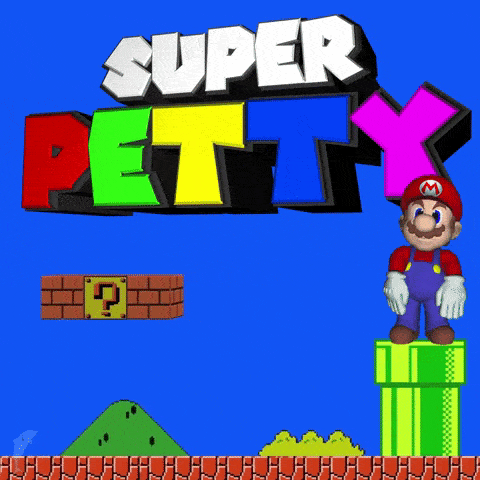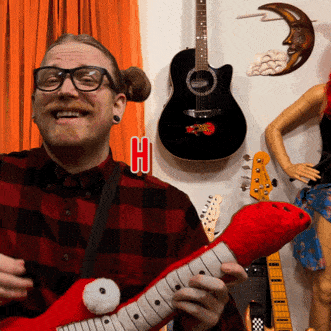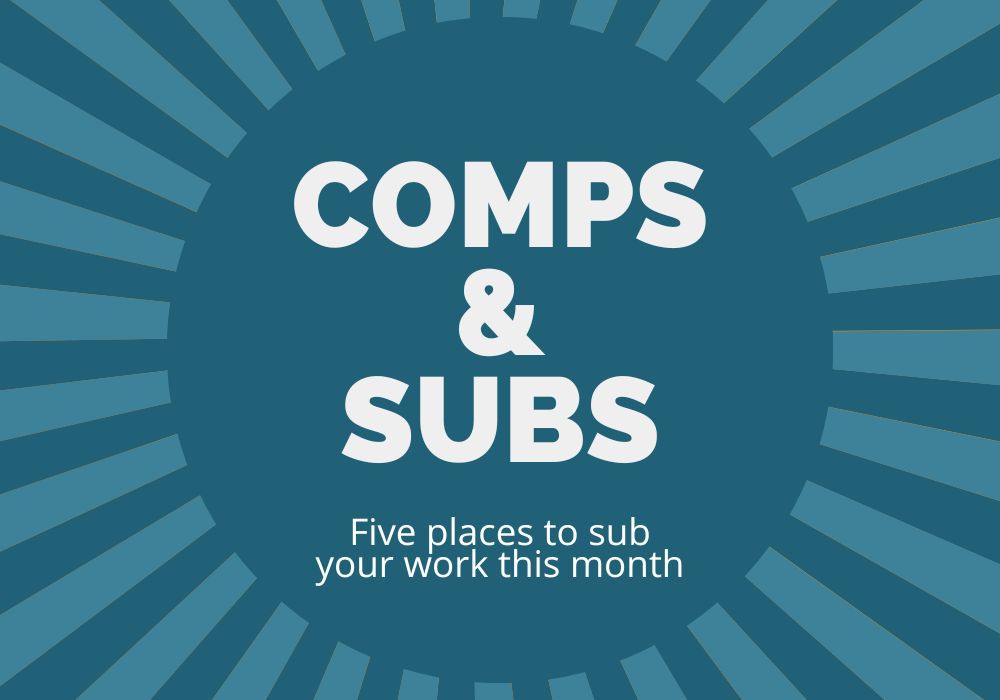The short answer is: IDK maybe?
Basically, you’re the author aka all-powerful god-like ruler of your story world, and if the pandemic is just too much of a pain in the arse, you hereby have my permission as Right Honourable Writer of This Blog to just ignore it, a la Jed Mercurio for series 7 of Line of Duty.
We all remember the meme reminding us that sHAkesPeaRe wrOtE KinG LeAr iN LOCkdoWn – and the only valuable lesson we can take from that fact is that King Lear isn’t about the plague: it’s about an incredibly petty king.

However!
That’s not going to stop me from taking you on a whistlestop tour of how other writers have chosen to handle unprecedented curveballs like pandemics:
First up, Naomi Alderman. In early 2020 she was writing a novel about a pandemic because lol of course she was. You might think that an IRL pandemic would be helpful, and at first it was, but what happens when everyone becomes an expert on the thing you’re writing about?
‘Likely to be left on the cutting-room floor is the first third of the novel, which explained what a pandemic was and gave the emotional kick so people realized just how scary they are. “That might end up being summarized in about two sentences,” she said with a laugh.’
Read the full article here
The huge shift the pandemic has caused in people’s knowledge and perception of science, our relationships, the amount of government control we feel in our daily lives and what we perceive as normal is bound to have an effect on the way we write. Even if it doesn’t change what we write, the way a reader responds to a story about say, a crowd or a summer holiday abroad, will for a long time have an extra emotional edge to it.
At the opening of Little Dorritt by Charles Dickens, a group of characters are saying goodbye to one another. Why have they been hanging out so intensely for the past couple of weeks? They’ve been quarantining after a jaunt to Europe where there was a virus running rife. Dickens doesn’t feel the need to get into the finer points of pandemic life and legislation, he just uses the situation as part of the narrative and dispenses with anything that isn’t necessary for pushing the story forward.
Kate Atkinson’s Life After Life features the Spanish flu outbreak in 1918. It’s a major plot point as to whether Bridget goes to the armistice day celebrations – where she will catch the flu, bring it back to the family home and kill several of the Todd siblings – or stays home and doesn’t. But of course, Atkinson wouldn’t have chosen to include it if it wasn’t useful to the story.
I’ve given you a few examples of how writers have included the pandemic in their writing, but there are so many that haven’t. If you read a novel set in 1918, you wouldn’t notice the absence of the Spanish flu like you would notice the absence of WW1. Perhaps because viruses are non-human and harder to bend into the kind of narratives us humans appreciate (with the notable exception of MJ Edwards, author of Kissing the Coronavirus and Kissing the Coronavirus 2: the Second Wave), they fade more quickly from our collective memories. Put bluntly, there are no good guys, bad guys or hero’s journey for our puny human minds to make into a neat arc we can project ourselves onto, just senseless destruction.
There’s also the question of how we write about history as it happens. Actually, history is always happening, we just can’t reliably identify the shifts until a long time after they have happened (side note: during my research for this blog I came across the phrase “the pandemic spring of 2020”… *thousand-yard lol*). Because of our need for story structure to make sense of the world, turning points are largely a social construct identified after the fact.

All of which is a roundabout way of saying that the key to including the pandemic in your writing is to return again and again to the Fundamental Human Truth of your story.
“It has to connect with the human, and then it will connect with the reader.”
Sarah Lewis, Writing in the Time of Climate Change
Although all of our lives have been touched by covid in some way, humans have not changed. Stories have not changed and there is still room for yours. If you choose to include a little, a lot or zero pandemic in your writing, rest assured that you will make it work. You don’t have to be accurate, you’re not Chris Whitty. You have permission to be Boris Johnson circa 3rd March 2020, because you get to decide what the story is and how much the pandemic affects your characters, narrative and story world.





